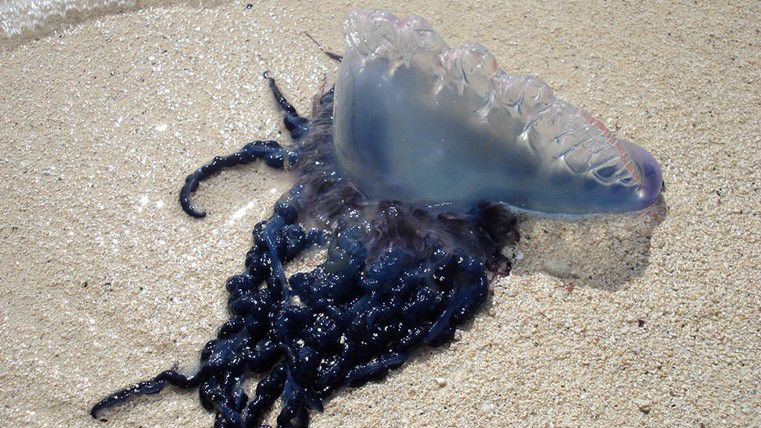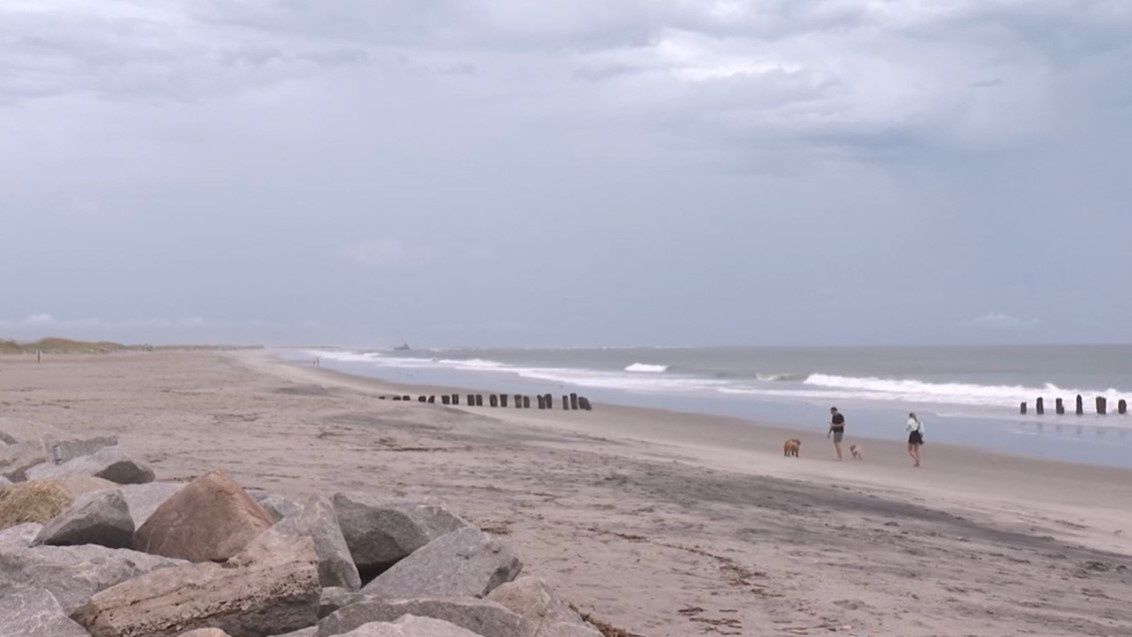CARTERET COUNTY, N.C. — The beaches don't just belong to tourists during the summer; they're also a home for birds looking to nest.
Certain areas of the shore along the Crystal Coast are roped off to protect nesting birds during the summer. Biologists and volunteers say this is essential in order to protect their habitats.
Biologists are studying and protecting least terns nesting on the beach
Least terns spend April through August on the Atlantic Coast
Volunteers build fencing around least tern habitats to protect them from beachgoers
Every week, Ed Phillips packs up his birdwatching gear, drives to the end of Emerald Isle and walks the perimeter of the beach enclosure. He's looking for a colony of least terns that nest on the beach every summer.
Phillips volunteers with the Beach Bird Stewards of Emerald Isle for three reasons: to count the birds and chicks so he can report their numbers, to make sure the enclosure doesn't need any repairs and to educate beachgoers about protecting least terns.
“I know 30 years ago when I was going to the beaches in New Jersey, and I would see the signs, I had no idea what the birds there were doing and why," Phillips said. “So [education is] as big a part of it as anything.”
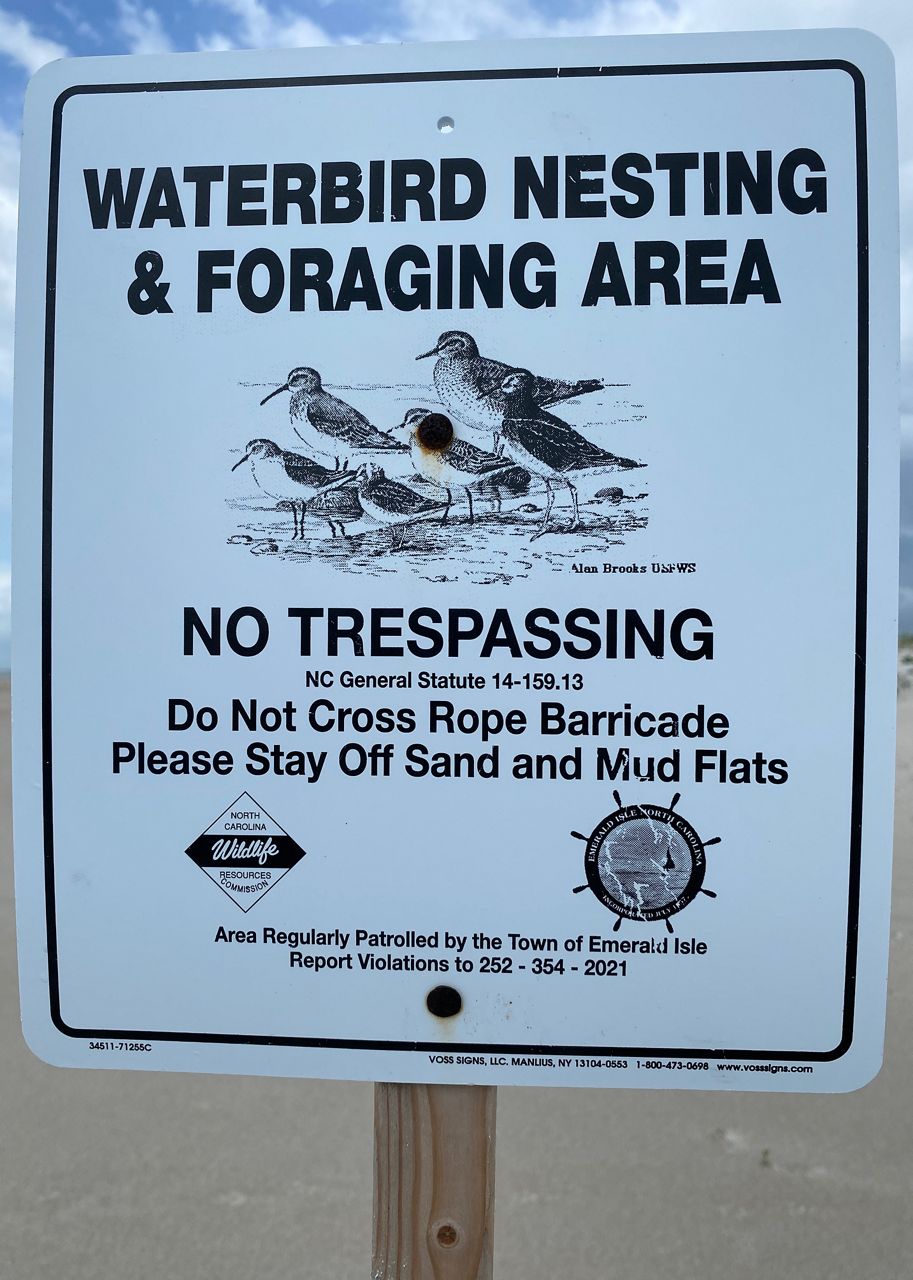
Least terns spend the summer months from April through August along the Atlantic Coast before they head down to Central and South America for the winter. However, recently their numbers have dwindled. Last year, volunteers counted more than 100 birds, but this year there are only about 30 to 40.
“We're doing everything we can to help maintain colonies and let them be successful,” said Sara Schweitzer, the assistant chief of wildlife management at the North Carolina Wildlife Resources Commission.
One of the biggest issues is sharing the shore with beachgoers. The eggs and chicks blend in perfectly with the sand, making it easy for humans or pets to accidentally step on the nests. If people get too close, they scare the parents off the nests, and the eggs and chicks are left vulnerable to predators and heat. Schweitzer says there are times when just one person can cause a whole colony to leave.
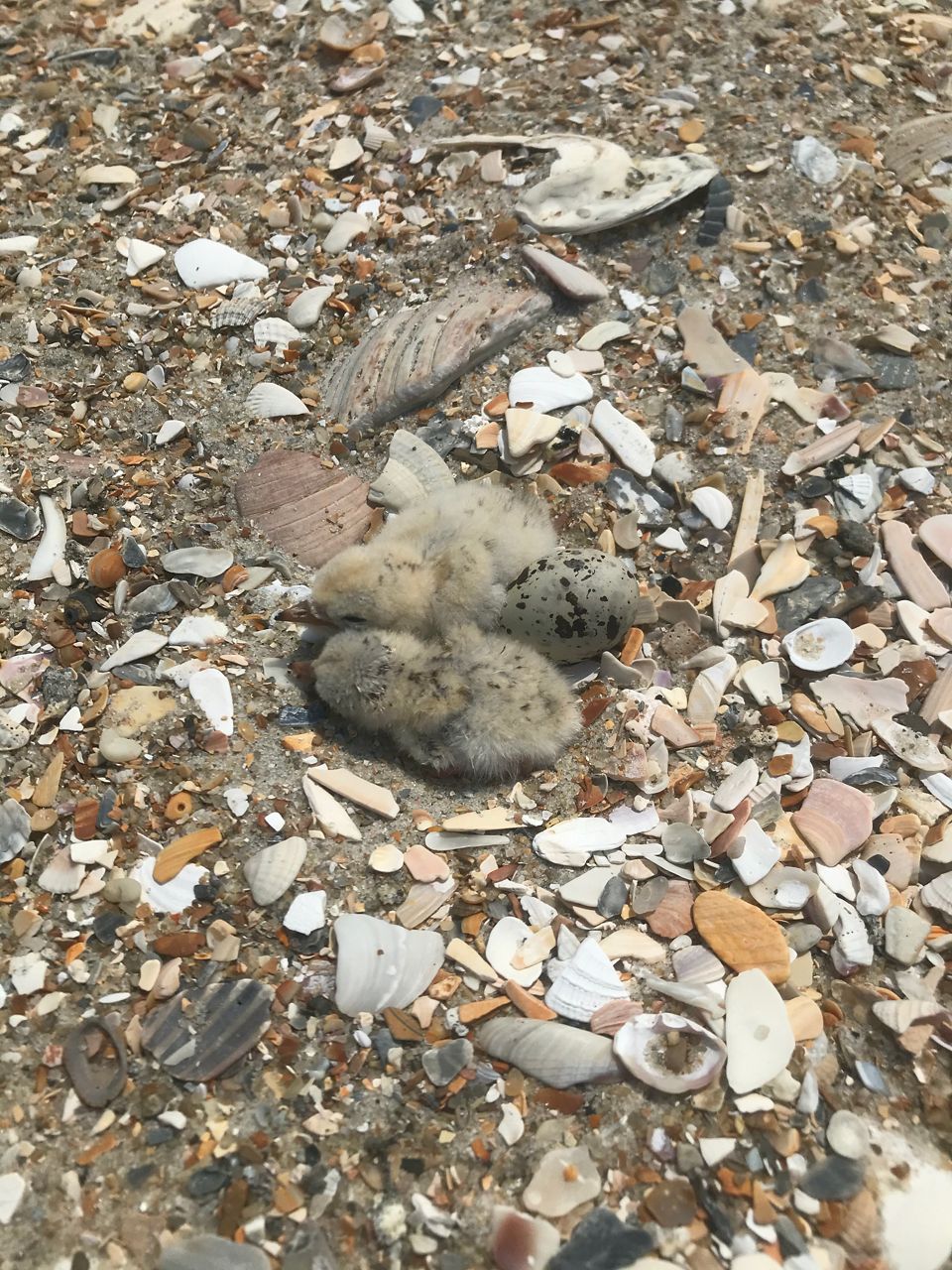
“A lot of the work that we're doing is conserving species, but bringing people in as part of the solution,” Schweitzer said. “So the more people understand what's going on and respect it, and then observe it and enjoy the birds in this case, then we have a better opportunity of saving the whole habitat for both.”
In the meantime, Phillips will do his best to protect the birds from other beach visitors in hopes that the colony of least terns will choose to return next year.
“The beachgoers will respect it, particularly if they see that it's well maintained,” Phillips said. “Is it a viable structure? If this was a fence or a bigger enclosure and we just let it go to seed, they probably wouldn't believe that it's still legitimate and they would just go into the area.”
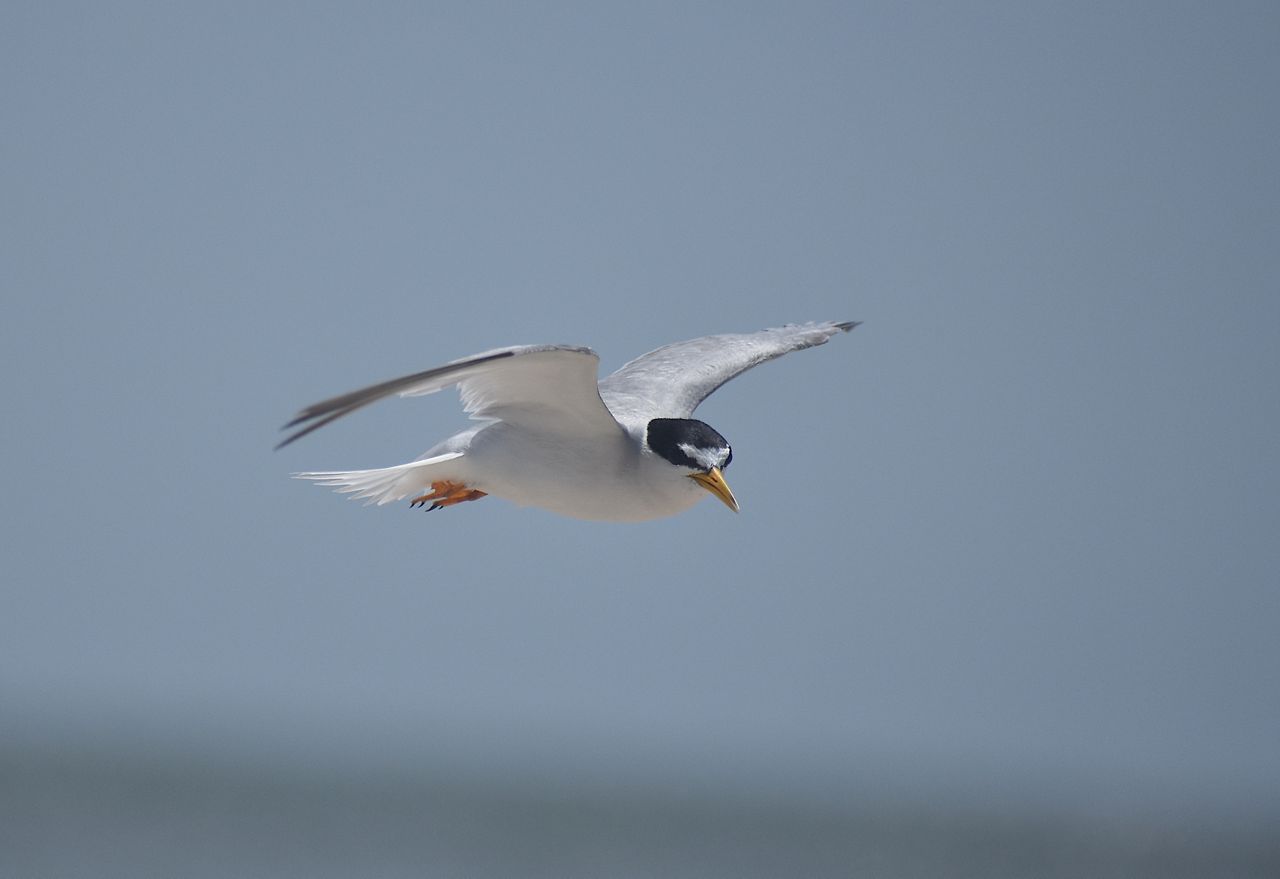
The Wildlife Commission has a few ways beach visitors can protect least terns and other wildlife while at the beach:
- Respect the boundaries of the roped-off nesting areas
- Keep dogs on a leash
- Follow beach driving regulations
- Throw away trash properly, including fishing line and kite strings
- Don't feed sea gulls or least terns
- Don't fly drones or kites near nesting sites






)
